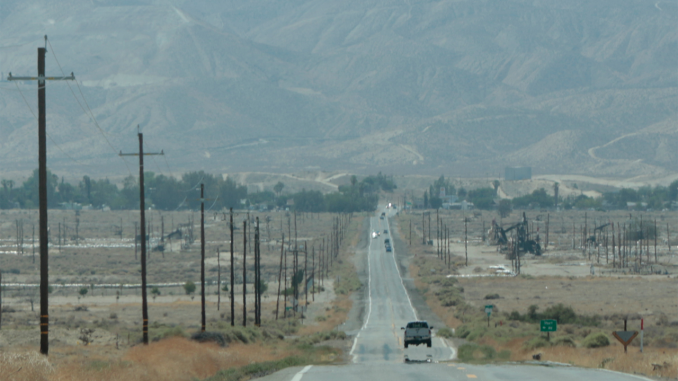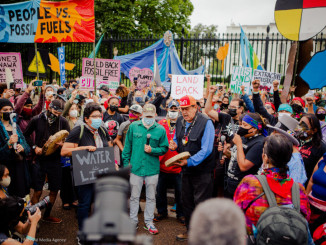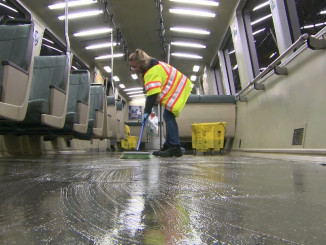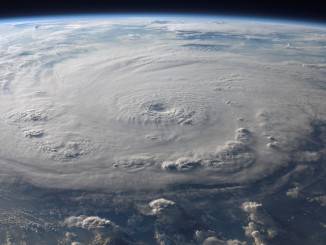
For the past two weeks, much of California has faced record temperatures. Governor Gavin Newsom declared that it was the longest and hottest stretch of heat wave days ever on record in the state. Throughout the San Francisco Bay Area, a number of cities reached over 110 degrees. Sacramento hit temperatures over 100 degrees for 41 consecutive days.
It has been hell for many people, particularly those who work outdoors or in poorly ventilated buildings, and unhoused people. Vulnerable people with few resources are put in extreme situations – such as one woman in Fresno who, in 100-degree weather, had to choose between turning on the air conditioning or her oxygen machine. In some schools, students play on asphalt that can reach as high as 145 degrees. It is estimated that over the past decade, there have been as many as 3,900 deaths in California from excessive heat. It’s too early to tell what the body count will be from this most recent heat wave.
Forest fires are also currently ripping through Northern and Southern California, blanketing the neighboring regions with smoke. Nearby school districts have consequently had to shut down. Over the past several decades, climate change has made the west coast considerably warmer and drier, leading to an increased frequency of fires. In the past five years, California has suffered through the largest and most destructive fires in its history.
With all the heat, those who are lucky enough to have air conditioning have used it heavily, putting extreme strain on the electrical grid. On September 6, California broke its own record for energy consumption at over 52,000 megawatts of electricity. This additional electrical consumption led to the state having to utilize backup generators and urge the public to minimize electricity use. Meanwhile, cities like Livermore faced power outages, on top of record-setting extreme heat that reached 116 degrees. To make matters worse, California’s persistent drought means that the generation of hydroelectric power could fall to half of what it normally is for this summer. In addition, the wildfires themselves can destroy power lines, cutting off the flow of electricity. The multiple crises caused by climate change merely compound the energy crisis. So while those in power like Governor Newsom might like to pat themselves on the back because there weren’t major statewide outages this time, there is nothing to celebrate.
As residents of Jackson, Mississippi are deprived clean drinking water following extreme flooding (caused by the climate crisis and neglected, dilapidated infrastructure), those in California should learn a lesson: they may not be as fortunate the next time that their power is threatened during an extreme heat wave. According to the “Infrastructure Report Card,” California gets a “D-” in its energy infrastructure score because of “aging equipment, inferior design, and poor right-of-way vegetation management.”
Politicians like Gavin Newsom manage a system that barrels ahead without pause towards climate catastrophe, leading us to more extreme heat waves, droughts, and wildfires, and likely leading us towards severe power outages on top of major disasters. At the state and national levels, the politicians continue to posture that they are taking meaningful action to address climate change. But in reality they come nowhere near what is needed – every day and every new disaster makes this more and more apparent. Their unwillingness to address climate change, on top of their inaction in building more durable infrastructure, is creating disastrous consequences. The time to replace their system based on profit is long overdue!




